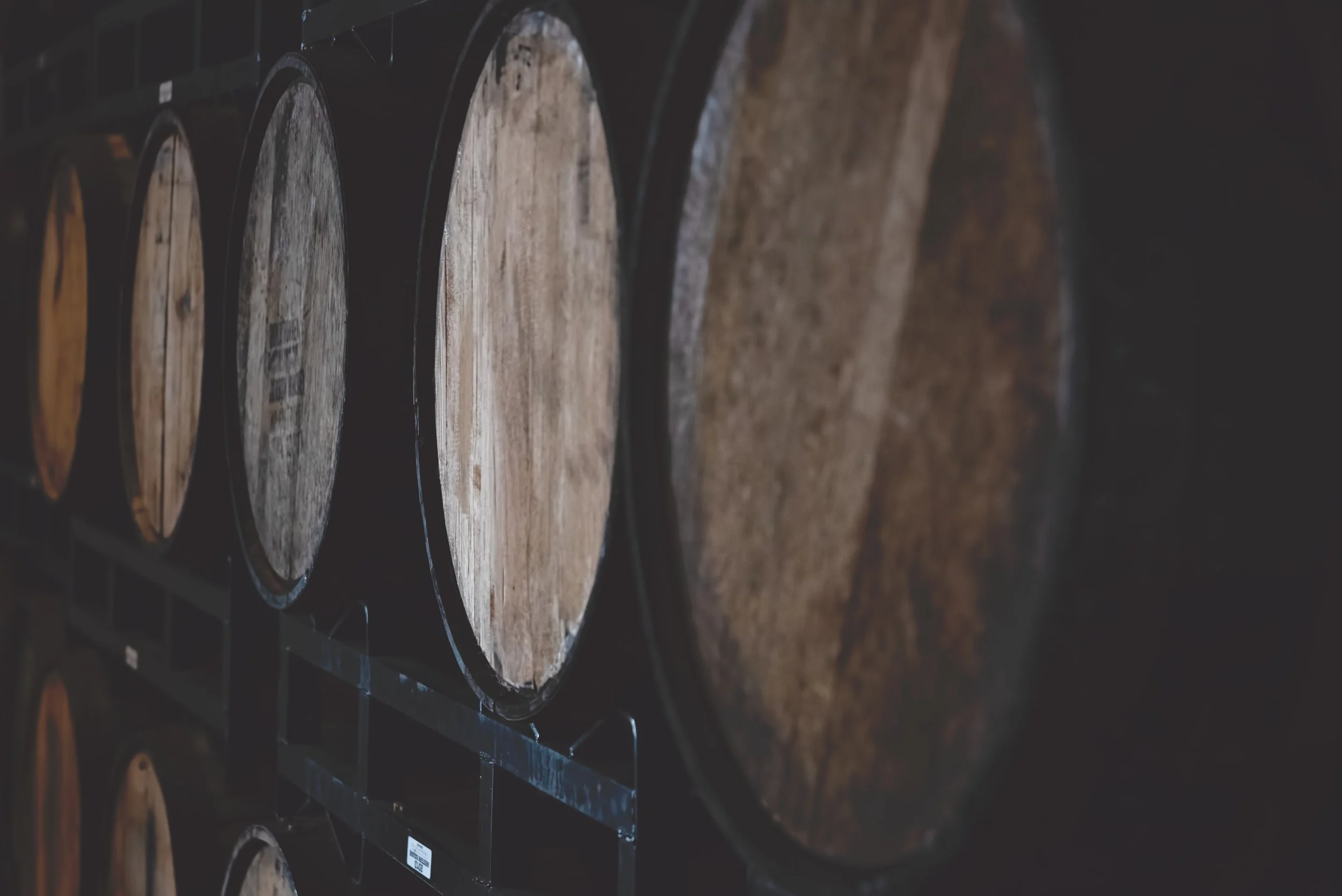The Dark History Of Rum
Written by: SAVANNAH BLAKE
Rum is produced in nearly every sugar-producing region of the world. The majority of sugarcane was in Arab territories. But when the Portuguese explored the coast of Africa and discovered sugarcane cultivation was possible without Arab control, they enslaved Africans to run labor at their 80 sugar mills and 200 plantations.
Slaves planted and fertilized the sugarcane, cut stalks, and transported it to a mill, where the cane was crushed and juice extracted. They strained the juice and placed it in large pots, boiling it until the sugar was crystallized. Slaves also seined the boiling matter to collect the molasses, making it likely they were the first individuals to develop the rum making process. Once it was known that you could take the waste products from processing sugar to create the liquor, everyone wanted in.
Portuguese slavers traditionally used wine to barter for slaves in Africa, but in the 1640s, they began to use rum and later British and European slavers would do the same. Americans also entered the lucrative trade by using their locally produced cheap, strong rum. Across the colonies, slaves were being traded for the very goods they farmed and produced.
In 1700’s North America, rum was a trending spirit. American colonists loved rum so much that they drank 3.7 gallons a year, per person. It was even handed out by politicians. Most notably, when running for the Virginia House of Burgesses in 1758, George Washington supplied voters with over 70 gallons of rum and rum punch. Around 1765 America had distilled 4.8 million gallons of rum, making it more available than whiskey in major cities such as Boston. Rum was everywhere, and the labor force on American sugarcane plantations was mainly made up of enslaved black Africans and their descendants.
There was something profound about the relationship between slavery and rum. Many people in support of prohibition also supported the liberation of slaves. In nearly all plantations it was customary to make limited distributions of rum to the slaves. Planters lived in a perpetual contradiction. Rum made the slaves happier and more docile, it made them work harder and better accept their bondage. On the other, too much rum made them unable or unwilling to work.
In 1733, a social reformer and humanitarian, James Oglethorpe, founded the new colony of Georgia and planned a system of “agrarian equality” in an attempt to bridge the gap between poverty and wealth. The new Colony was based on family farming and George’s mission was to prevent the social disintegration associated with excessive social inequality. Servants would receive a land grant of their own upon completing their term of service. In this American Utopia, rum and slavery were forbidden.
While drinking was illegal, drinking culture flourished underground. Password-protected speakeasies kept the taste of rum and other spirits alive by serving rum punches, flips, sours and new cocktails. Rum was so popular in the speakeasies that true rum was hard to come by. A number of illegal bars purchased spirits that the seller may have called rum, but were actually poison liquor that was likely made in somebody's basement or bathtub.
Fast forward to the present, where restrictions on sugar imports from the British West Indies and the rise in production of whiskey led to a decline in the popularity of of the drink. But sugar companies are no longer dependent on slave labor. Distilleries are regulated by the FDA, OSHA, and labor laws. The history of rum may be dark, but we can find comfort in the fact that today, we can consume rum with a clear conscience.

